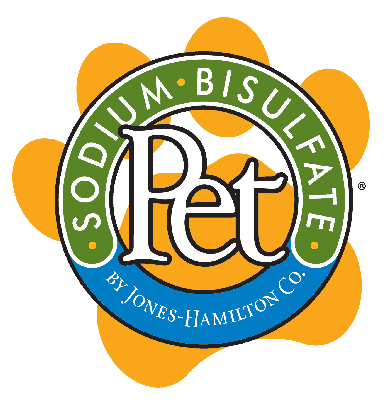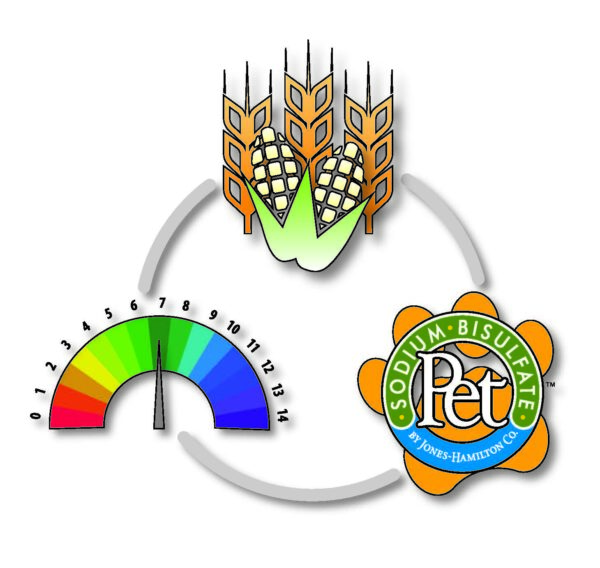SBS Pet in Cat Food: How Much is Enough?
Sodium bisulfate is used in extruded cat food to lower the urine pH of a cat, which helps reduce the risk of urinary tract disease. To be effective, urine pH must reach levels of 6.0 to 6.5.
How much SBS Pet™ is needed to reach those levels?
Remember, these are guidelines
The only way to determine the exact amount of SBS Pet™ required in to a diet to reach target levels is by testing urine pH. For diets using 85% phosphoric acid, SBS can easily be substituted at the rate of 1 kg SBS Pet™ per 1 kg of 85% phosphoric acid.
Want to discuss what SBS Pet™ addition rate would be idea for your diet? Contact us to schedule a call.
1 Pet Food Solutions Study No 03312-582, Feline Palatability Trail of 1% SBS diet
2 Tolerance of SBS® (sodium bisulfate) in Cats, Unique Study Code: SBS/C1/2012

